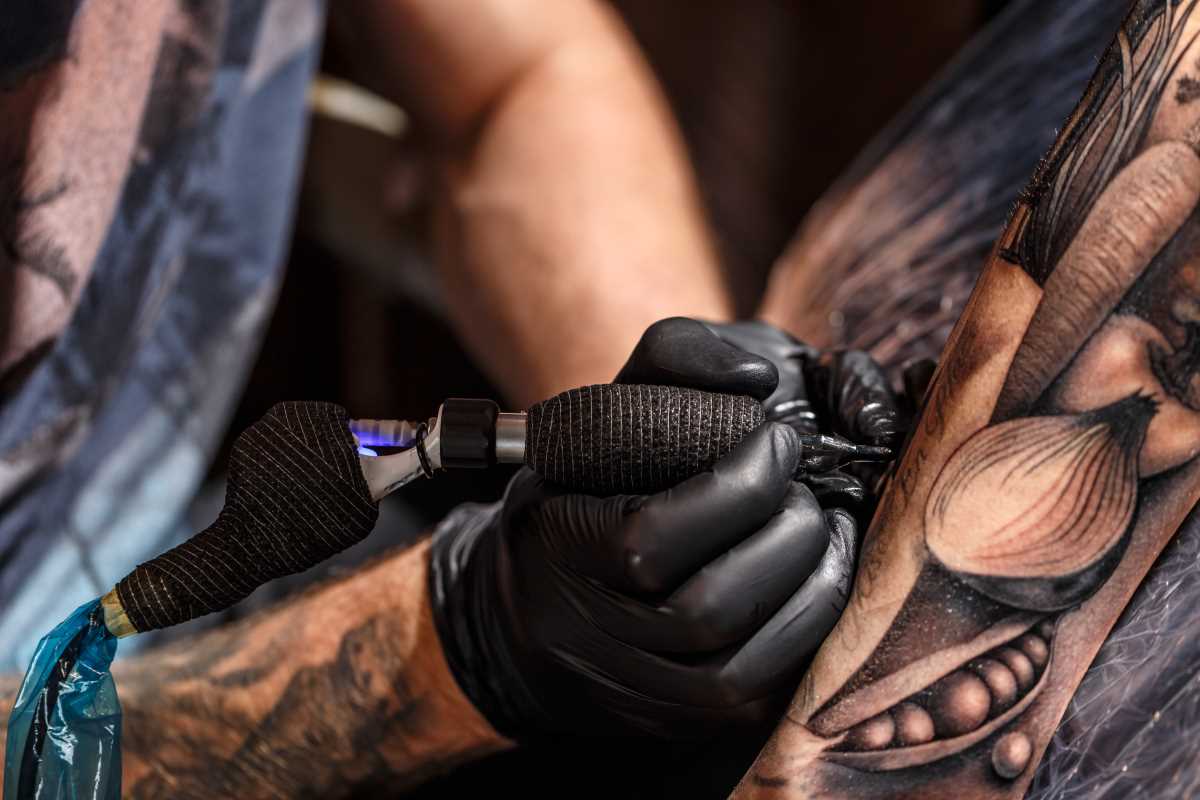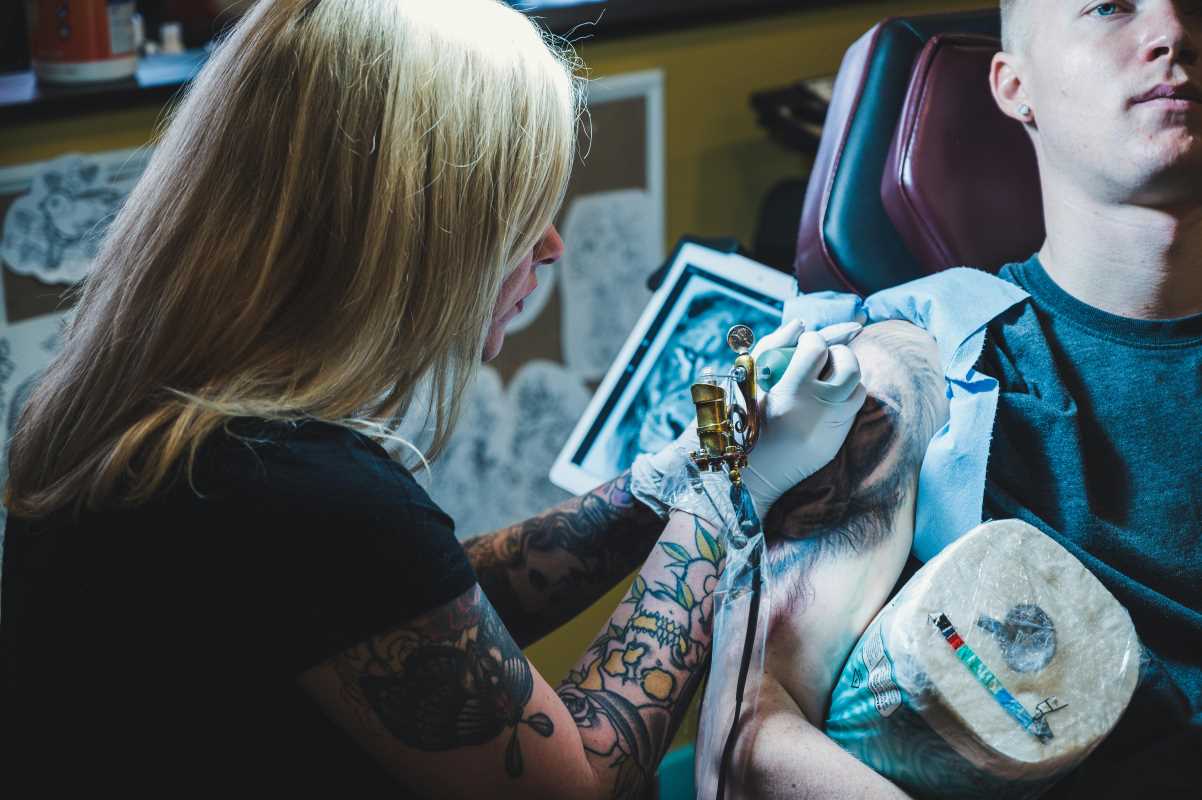Publishing a poetry or art book is often a dream come true for creatives who want to share their vision and words with the world. However, bringing that dream to life involves more than just compiling your creative works into a book. It requires thoughtful curation, an understanding of the market, and careful planning to ensure your collection resonates with readers - and sells.
Here's an honest guide to help poets and artists take their work from a concept to a polished, tangible product. Whether you’re considering self-publishing or pursuing a traditional route, this guide will walk you through the key steps to curate, publish, and promote your poetry or art book effectively.
1. Understand What Sells in Poetry and Art Books
Before you begin curating a collection, it’s crucial to understand the market. Poetry and art books don’t always sell in the same way as novels or nonfiction. Readers often purchase them because they elicit a deep emotional or aesthetic response.
What Types of Poetry Books Sell?
- Relatable Themes: Poetry collections that reflect universal emotions like love, heartbreak, mental health, or empowerment tend to resonate with readers. Think of bestselling poets like Rupi Kaur, whose work explores shared human experiences.
- Accessible Language: While complex, abstract poetry has its audience, collections that are easy to read and emotionally relatable usually fare better commercially.
- Niche Focus: Poems that appeal to a specific audience, such as environmental themes, cultural pride, or spirituality, can attract a dedicated readership.
What Types of Art Books Sell?
- Cohesive Aesthetic: Art books with a consistent theme or style often attract collectors and enthusiasts. Whether your focus is watercolors of urban life or bold abstract paintings, consistency can set your book apart.
- Illustrated Stories: For artists, pairing art with storytelling or captions provides context and creates a deeper connection with readers.
- How-To and Process Books: Books that reveal your artistic process, such as sketch development, workshop pictures, or techniques, are popular with aspiring creatives.
2. Curate a Cohesive Collection
When publishing poetry and art, it’s tempting to showcase all your work, but less is often more. A curated, cohesive collection will engage readers and leave a lasting impression.
Tips for Curating Poetry Books
- Define a Theme: Start by identifying the overarching theme of your collection. This could be as broad as “personal growth” or as specific as “healing from loss.” Themes tie your poems together and create a meaningful reading experience.
- Think About Progression: Arrange your poems intentionally. Consider starting with lighter pieces and moving into deeper or darker themes, creating an emotional arc for the reader.
- Edit Ruthlessly: Quality trumps quantity. If a poem doesn’t serve your theme, no matter how much you love it, consider setting it aside for another project. Every selection should earn its spot.
Tips for Curating Art Books
- Organize by Series or Style: If you have distinct series or ongoing styles, consider grouping your work accordingly. This creates a flow that feels thoughtful and intentional.
- Add Context: Captions, descriptions, or even short essays about each piece provide insight into your process and help readers connect with your art.
- Limit Repetition: While showcasing your range is important, avoid including multiple similar works unless they add to your narrative or theme.
3. Decide Between Self-Publishing and Traditional Publishing
Both self-publishing and traditional publishing have their advantages and challenges. The route you choose will depend on your goals, resources, and creative vision.
Self-Publishing
Self-publishing offers full creative control, from curation to marketing. It’s also a great option for those with a dedicated online following or those who want to work on their own timeline.
- Pros:
- Full control over layout, design, and format.
- Higher royalties on each sale.
- Faster timeline for release.
- Cons:
- You’re responsible for upfront costs like printing and marketing.
- No access to a publisher's distribution networks.
Popular self-publishing platforms include Amazon Kindle Direct Publishing (KDP) for eBooks and print-on-demand options or Blurb for art-heavy publications.
Traditional Publishing
Traditional publishers take on the financial burden of production and often have access to professional editors, designers, and marketing teams. However, securing a traditional deal can be competitive.
- Pros:
- Access to professional copyediting, design, and promotional resources.
- Distribution through bookstores and literary platforms.
- Credibility associated with an established publisher.
- Cons:
- Limited creative control.
- Lower royalties (around 10–15%).
- The process can take months or even years.
To pursue traditional publishing, research publishers or literary agents that specialize in poetry or art books and prepare a query letter alongside your manuscript or portfolio.
4. Design Your Book
Once your content is finalized, the next step is to design the book itself. Design matters immensely in poetry and art books because it directly impacts how readers experience your work.
Tips for Designing Poetry Books
- Prioritize White Space: Poetry needs room to breathe. Keep your pages simple, with plenty of white space to draw attention to each poem.
- Choose Readable Fonts: Select a font that complements your style while being easy on the eyes. Pair decorative headers with clean body text.
- Experiment With Layouts: Consider where you want each poem to sit on the page—for example, starting mid-page or finishing with punctuation that visually reflects the poem's tone.
Tips for Designing Art Books
- Go High-Quality: Use high-resolution images of your artwork to ensure crisp and vibrant prints.
- Mix Layouts: Experiment with single-page art spreads, multi-piece collages, and full-page details that showcase textures.
- Collaborate With a Designer: Hiring a professional specializing in book design can make a significant difference in how polished your final product looks.
5. Market Your Poetry or Art Book
Creating a beautiful book is only half the battle. The next step is ensuring it reaches your audience.
Build an Author or Artist Platform
Successful marketing often begins before publishing. Start building a community of readers or fans through social media, newsletters, and events. Platforms like Instagram, Pinterest, and TikTok are effective for showcasing both poetry and art.
Launch Strategically
- Announce your book well in advance through teasers or pre-order campaigns.
- Host a virtual or in-person launch event where you can read your work, showcase art, and share insights about the creative process.
- Offer special editions or perks, such as signed copies or art prints, to early purchasers.
Leverage Reviews and Features
- Send copies to bloggers, bookstagrammers, and literary influencers for reviews.
- Pitch your work to niche magazines or websites related to poetry, art, or creative living.
Engage With Your Community
Show gratitude to your supporters by responding to comments, sharing their reviews, and involving them in your next project. A loyal audience is the best asset for any creative professional.
 (Image via
(Image via





